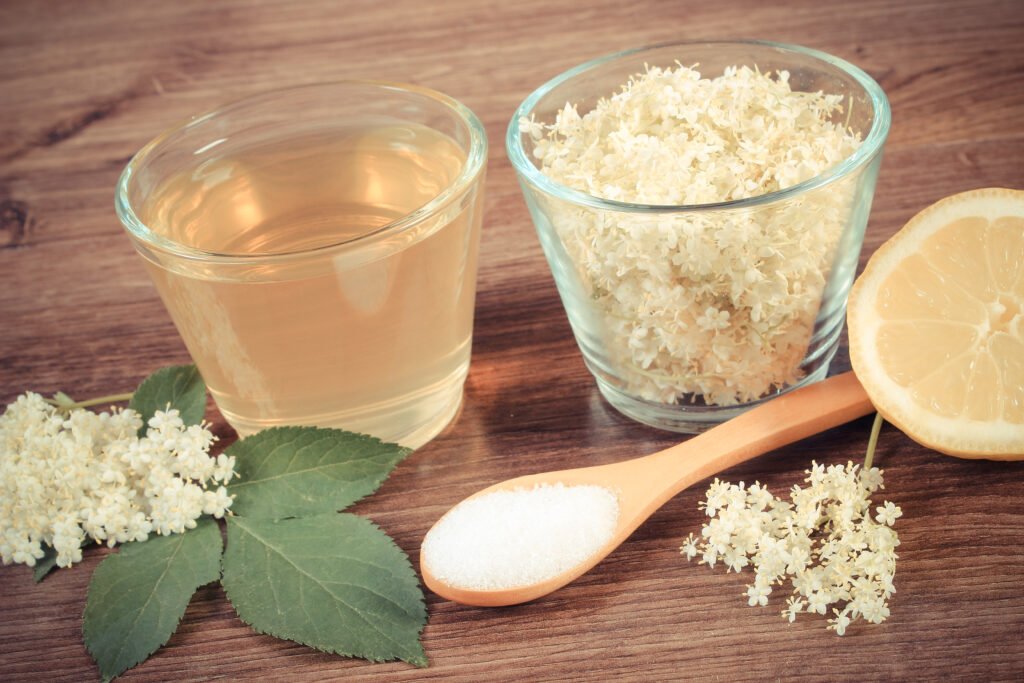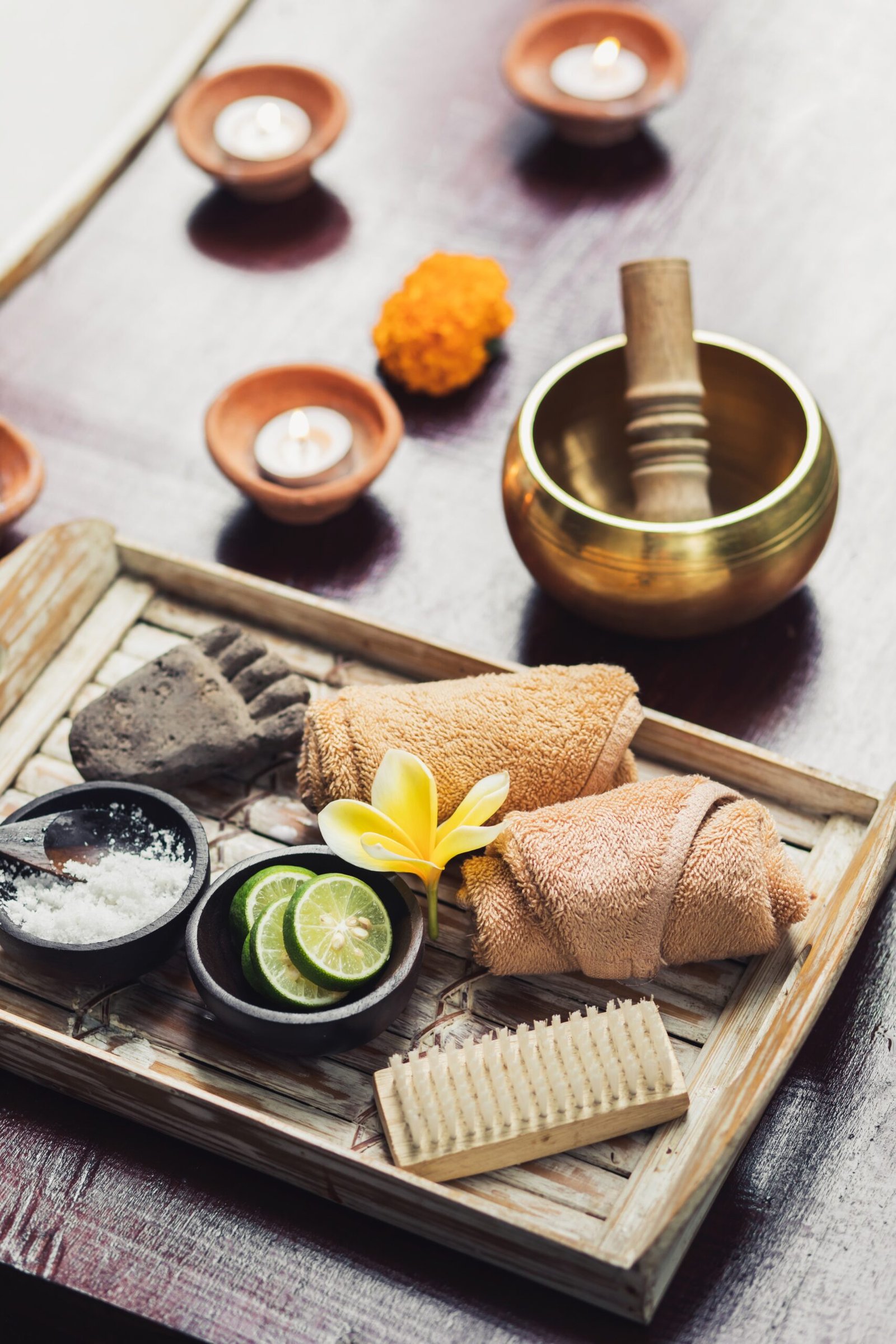Kitibha Kushta is classified as a minor skin disorder (Kshudra Kushta) in classical Ayurvedic literature. It presents with symptoms such as dryness, roughness, discoloration (typically blackish or grey), intense itching, and scaling of the skin. The condition is primarily associated with the vitiation of Vata and Kapha doshas, with pathological involvement of Rakta (blood), Mamsa (muscle tissue), and Ambu (bodily fluids).
From an Ayurvedic standpoint, the root cause of Kitibha Kushta lies in improper diet, lifestyle habits, and suppression of natural bodily urges, all of which disturb doshic equilibrium and impair digestion (Agni). This leads to the accumulation of toxins (Ama) and subsequent manifestation on the skin.

The management of Kitibha Kushta in Ayurveda is structured into two core approaches: Shodhana (bio-purificatory therapies) and Shamana (palliative treatments).
• Shodhana Chikitsa involves cleansing procedures such as Snehapana (internal oleation) and Virechana (therapeutic purgation), aimed at eliminating accumulated doshas and purifying the blood.
• Shamana Chikitsa focuses on pacifying the residual imbalance using herbal medications, dietary regulation, and external therapies to soothe the skin and promote healing.

This dual approach not only targets symptom relief but also addresses the underlying pathology by restoring systemic balance. Ayurveda emphasizes long-term management through disciplined lifestyle changes, dosha-specific diet, and seasonal detoxification protocols to prevent recurrence.
Overall, the Ayurvedic approach to Kitibha Kushta highlights the importance of individualized treatment, internal purification, and holistic care in managing chronic and complex skin conditions.



